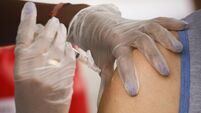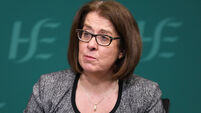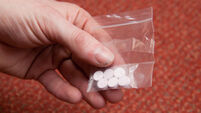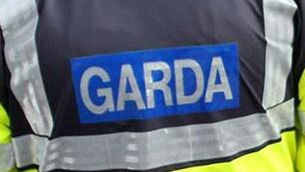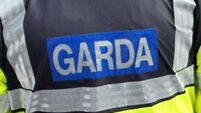Soldier death defence lawyer casts doubt on DNA expert's evidence
A DNA expert who testified against two men accused of murdering two British soldiers is prepared to exaggerate and tell partial truths in order to promote his technique, a court was told today.
A defence lawyer claimed Dr Mark Perlin was so focused on his "mission" to get his forensic method accepted within the scientific community that he lacked the objectivity to acknowledge its reliability was not yet proved.







